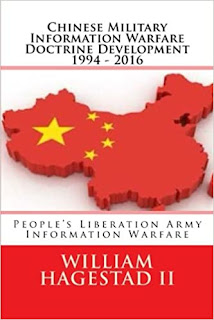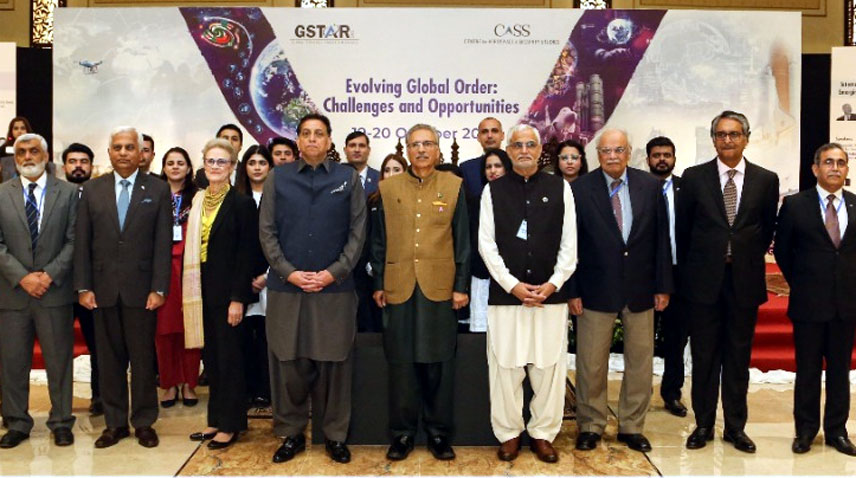Internet of Military Things (IoMT) and the Future of Warfare
In May 2, 2022 testimony before the Senate Armed Services Committee, Defense Intelligence Agency Director Lt. Gen. Scott D. Berrier and Director of National Intelligence Avril D. Haines identified China, Russia, and Iran, as well as terrorist organizations, as the greatest threats to U.S. national security. Both China and Russia are nuclear powers and both have significant intelligence, cyber, and information warfare capabilities.
Russia
Russia’s threat to the United States includes: direct military conflict, cyber attacks, supporting separatists, threats to freedom of navigation, and territorial expansion. On November 15, a missile blast killed two people in Poland, near the Ukraine border. Russia was the primary suspect. President Joe Biden later told the Poles that the missile was part of a Ukrainian defense system. Whether the missile actually came from Russia directly or was the indirect result of Russian shelling, the incident underscores the danger Russia poses. A perceived attack on a NATO member could cause NATO to invoke Article 5, which states that an armed attack against one member is considered an attack against the entire alliance.
Moscow has repeatedly accused the U.S. and NATO of wanting to destroy Russia. Since the end of the Cold War, 13 countries have been admitted to NATO: the Czech Republic, Hungary, and Poland (1999); Bulgaria, Estonia, Latvia, Lithuania, Romania, Slovakia, and Slovenia (2004); Albania and Croatia (2009); and, in 2017, Montenegro. Consequently, Russia has been focused on maintaining its influence and control in former Soviet republics, including Ukraine, Belarus, and the Central Asian states.
Defeating the U.S. or breaking from a U.S.-led world order was a primary goal of the USSR and has carried over to modern Russia. Opposing Europe and the U.K. are secondary objectives, seen as a proxy for defiance against the U.S. One of the concerns of the Department of Defense is that Putin often uses threats, including the threat of nuclear war, to get what he wants. If his threats continue to go unheeded, there is the danger that he will finally act, launching a strike, to show that he is serious.
Since the fall of…


